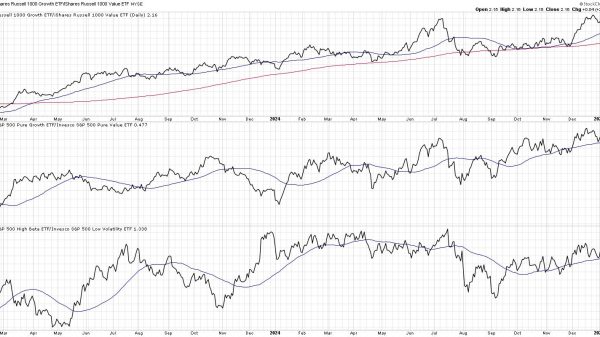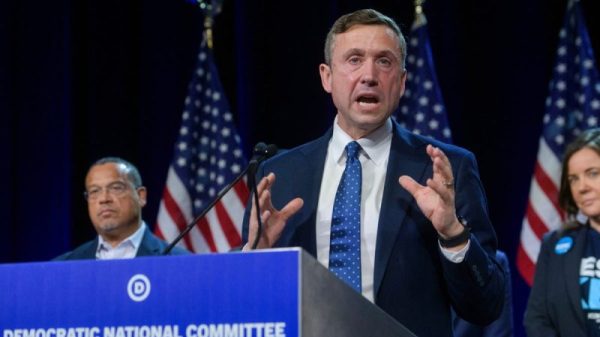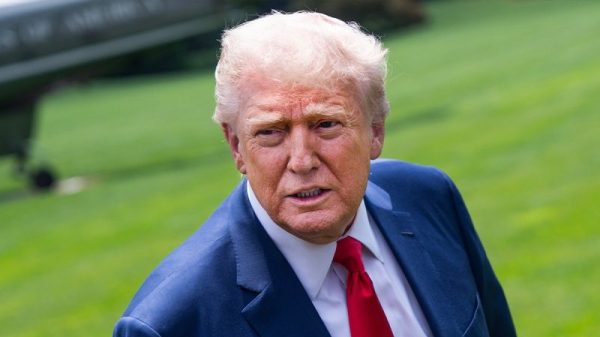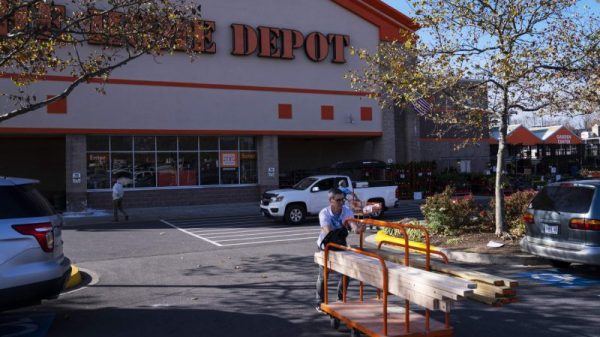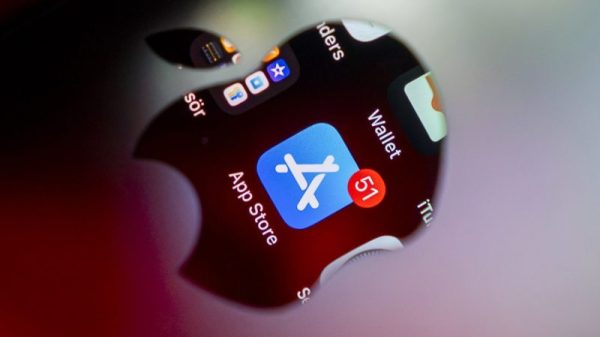When the Federal Reserve’s Federal Open Market Committee (FOMC) voted to lower its federal funds rate target last week and thereby begin the process of un-tightening monetary policy, it said FOMC members had “gained greater confidence that inflation is moving sustainably toward 2 percent.” In fact, inflation appears to have already moved to 2 percent. If anything, inflation appears to be somewhat below target today.
The Bureau of Economic Analysis (BEA) reports that the Personal Consumption Expenditures Price Index (PCEPI), which is the Fed’s preferred measure of inflation, grew at a continuously compounding annual rate of 2.2 percent over the last year. However, it has slowed considerably in recent months. PCEPI inflation has averaged 1.9 percent over the last six months and 1.4 percent over the last three months. In August 2024, it was just 1.1 percent.
Core inflation, which excludes volatile food and energy prices and is therefore thought to be a better predictor of future inflation, has also declined. Core PCEPI grew at a continuously compounding annual rate of 1.6 percent in August 2024. It has averaged 2.4 percent over the last six months and 2.0 percent over the last three months.
Figure 1. Headline and Core Personal Consumption Expenditures Price Index Inflation, January 2020 – August 2024Although the Fed has successfully reduced inflation over the last two years, it seems reluctant to declare victory. Monetary policy is still tight today and is projected to remain tight through 2025. At the post-meeting press conference last week, Fed Chair Jerome Powell said “there’s no sense that the committee feels it’s in a rush” to return policy to neutral.
Economists say that monetary policy is neutral—that is, neither tight nor loose—when the Fed’s federal funds rate target is equal to the real Wicksellian natural rate of interest plus the Fed’s inflation target. We do not observe the natural rate, but estimates from the New York Fed range from 0.74 to 1.22 percent. Those estimates would put the neutral federal funds rate between 2.74 and 3.22 percent.
FOMC members’ estimates of the neutral federal funds rate are generally consistent with this range. Earlier this month, the median FOMC member projected the midpoint of the longer run federal funds rate target range at 2.9 percent. Twelve of the nineteen projections are between 2.74 and 3.22 percent.
At 4.75 to 5.0 percent, the current federal funds rate target range is more than 150 basis points above conventional estimates of the neutral rate. In other words, monetary policy remains tight.
The median FOMC member projected an additional 50 basis points worth of cuts would be appropriate this year. However, seven members thought it would be appropriate to cut just 25 basis points more and two members projected no additional cuts this year. Only one member thought it would be appropriate to reduce the federal funds rate target by more than 50 basis points this year.
More cuts are projected for 2025, but not enough to return the stance of monetary policy to neutral. The median FOMC member projects that the federal funds rate target range will be between 3.25 and 3.5 percent by the end of 2025. Hence, most members project the federal funds rate will remain above their own assessment of the neutral federal funds rate through the end of next year.
Given the high inflation realized over the last few years, it is easy to understand the appeal of keeping monetary policy tight: no one wants inflation to resurge. But the risks are two-sided. If the Fed holds its federal funds rate target too tight for too long, it will cause a recession. It must balance these risks.
With inflation now running below target, the risk of resurging inflation is much smaller and the risk of recession is much larger. Now is the time to ease up. If the Fed neutralizes the stance of monetary policy quickly and completely, it may yet avoid a recession. If it delays, as FOMC members project, we may not be so lucky.








